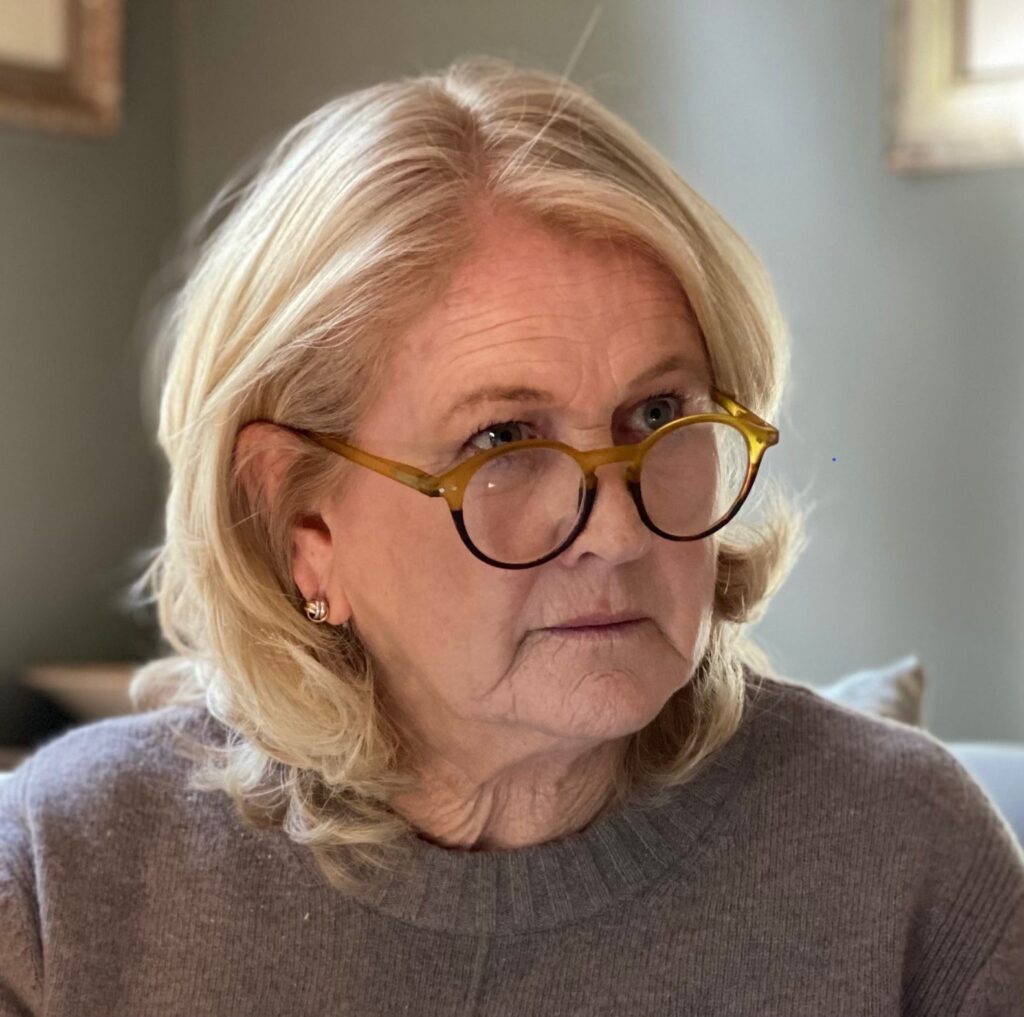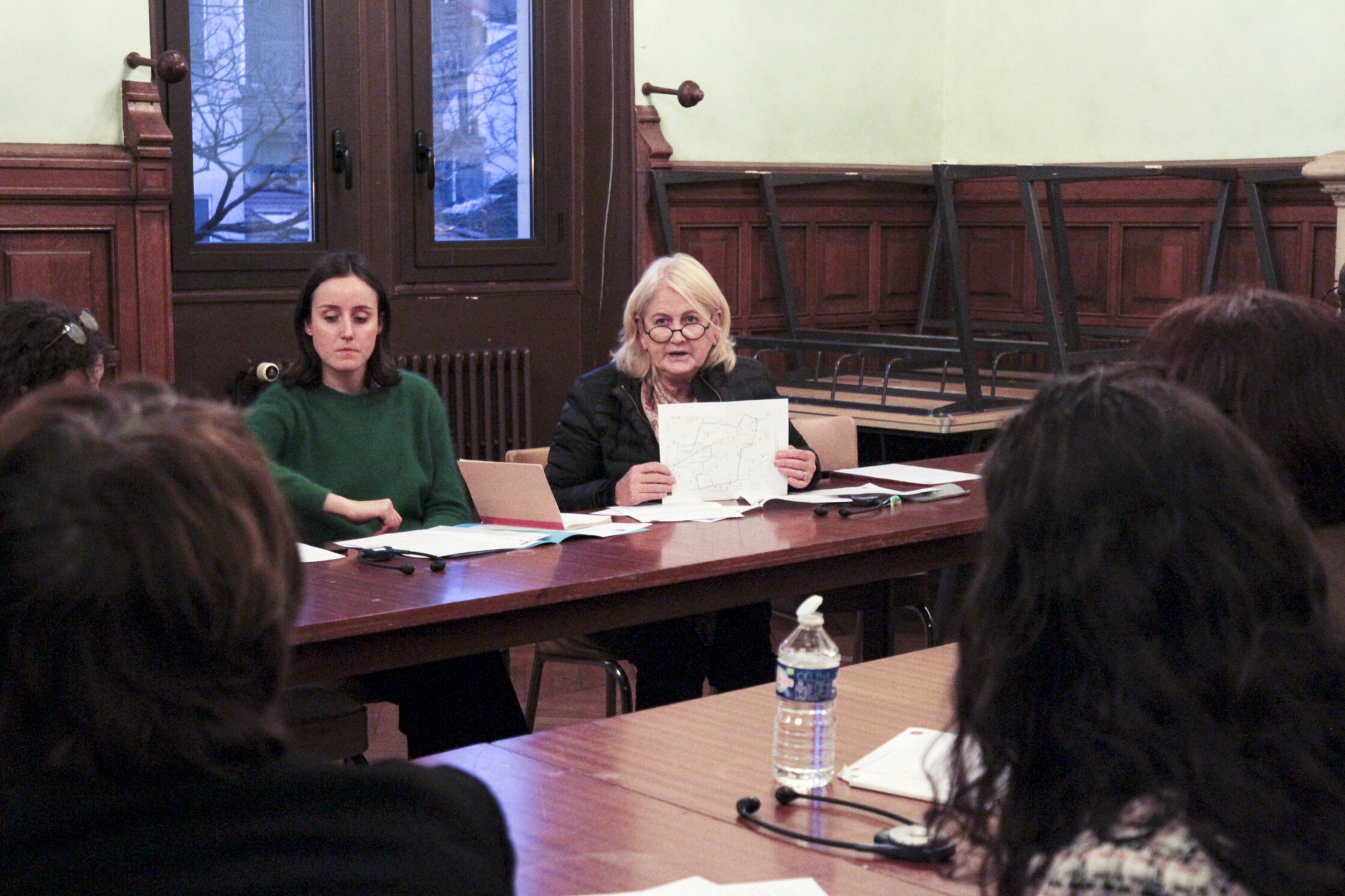This interview provides more detail on Barbara Holtmann’s expert views on the importance of a gender-based perspective when creating urban security strategies.
The main takeaways of the event
- The event at Les Lilas dealt with the importance of a gender perspective in city strategies. What does this focus bring to strategy? Is the gender perspective an issue in its own right? Or should it be seen as a sub category of diversity?
The issue of gender and diversity interests me deeply. In almost all places I have worked, women are in the majority. In France for instance, females make up 51.9% of the population, yet their needs are often secondary to those of men. Would we ask the same questions if we were dealing with men’s safety; is it a matter of gender or of diversity? I’ve certainly never heard that asked. So my feeling about women and diversity is that within the category of women there is complex diversity and to that extent yes, it is a part of the diversity conversation. But if we are talking about women, that’s one subset of the gender discussion, just so majority perspective and so that’s where our understanding should start. If we are responsive to the needs of the majority, it should be that we are responsive to many other needs. Also, women have a broader range of needs than other groups, largely because of their roles in society; they are the caregivers, the ones who walk children to and from their daily destinations, they are less likely to travel in private cars, they are the provisioners in most families, so they detour via shops, they accompany those with disabilities to clinics, they are pregnant, they have tiny children with them, they are with the elderly. We tend to cluster women’s needs around vulnerability – yet unpacked, it is often the vulnerability of those in their care that exposes them to vulnerability. Women are strong, they carry the community on their backs and cities should acknowledge and respond to them as assets, not as vulnerable liabilities.
- The event at Les Lilas involved a walk from a woman’s perspective. Why?
There are two main benefits to doing exploratory safety walks with women. Firstly, properly curated and with the right prompts, the participants can explore their environment through a lens of ‘visual literacy’, seeing safety and unsafety as they go. Very often, we feel comfortable or uncomfortable in a particular setting, without really understanding why, probably because we are experiencing the space, rather than researching our relationship with it. A women’s safety walk prompts us to look differently at the world we inhabit, to think about the relationship between a broken pavement, an overgrown group of shrubs, a dark corner, some steps that are uneven and require our concentration, flickering light, a pile of rubble or dumped goods, litter and vandalised walls, lone parked cars, groups of women or men clustered around a particular space, the distance between lit areas, high walls that block visibility, dead ends that make us go back the way we came – and our sense of safety, and ultimately well-being. Of course it’s not just what we see; smells are evocative too – the smell of urine, or of smoke, of rotting garbage or of decay of any kind, standing water…. These things all feed into our unease. Sound is equally important. How do we feel when we hear children playing, versus a scream or a shout? Cars driving too fast, a motor bike slowing down behind us…. And there’s touch. If we stumble in the dark, we can feel that the ground beneath our feet isn’t smooth or regular, if we reach for a wall and it’s rough to the touch, if someone bumps against us, these things all have meaning in terms of how safe or unsafe we feel. A safety walk aims to have us attach conscious meaning to our experiences. Having become aware of these things, we store them in our memory banks to remind us from time to time and as we need them, to choose our routes, our meeting places, our activities.
The other part of this learning is the benefit to the municipality; the creation of an accountability loop with the municipality. Some of the risks and discomforts identified on such a walk can quite easily be addressed by routine action by the municipality, changing the nature of a particular space from feeling unsafe, to being welcoming and safe. This is not a separate activity, but should be seen as a part of the safety walk, the establishment of a trusting partnership between the city and the women who live in and traverse its spaces.
Efus’ Women In Cities Initiative
- What is the Efus’ Women In Cities Initiative (WICI)? What are the principles on which it bases its work?
WICI is the successor to the Women In Cities International NPO that was based in Montreal, Canada for two decades. Bringing with it 20 years of learning, experience, materials and tools related to the safety of women and girls in cities all over the world, WICI is now focused on strengthening feminist and women-focused strategies and interventions in European cities. Very often, cities grapple with finding mandate-appropriate or aligned interventions to address important issues of women’s safety, and get stuck trying to support campaigns against Gender Based Violence, bypassing important and practical ways in which they and they alone can make women safer. This is by casting a women’s lens on the work they already do, specifically in the areas of planning, design, maintenance, public space management, public sanitation, transport, waste management and of course, by-law enforcement, as well as policing. WICI promotes a systemic approach in which all these capacities carry contributions to women’s safety. This then also incorporates broader gender considerations, using these tools to explore the needs of minority groups and the full range of diversity in the city.
- What does WICI offer to Efus’ members?
WICI offers practical tools for mainstreaming women’s safety into the municipality, both in terms of normalising women officials as leaders in law enforcement and other public services, as well as adapting and refining tools to each new environment, that ensure a women’s focus on public safety strategies. Strategies that forefront the needs of women cannot simply be imposed into cities, they must be woven through the fabric of each organisation so that their benefits are visible to all. Focusing on women does not and should not be perceived as taking away from anyone else, it should be seen as providing a better rounded and whole approach to city safety.
A final question on gender & public spaces
- “If a city is safe for women, it is safe for everyone”. This is the hypothesis guiding your daily work. Can you explain it to us?
There are a range of ways that safety for women improves safety for all. Women typically experience cities in a much more complex way than men. They meander where men move more directly from place to place; the safety of others is often top of mind for women, they make more decisions based on their perceptions of safety than do men. For instance, a woman may turn down a job offer if it requires her to journey too long or too late from place to place. She will choose to live closer to where her children go to school or where her elderly family lives, she will pay more attention to ease of access to services, shopping, activities, and leisure. She is also more likely to seek help/report a problem than men are. All this means that engaging women in design, planning and managing our cities provides us with the information and knowledge we need to make the city – and everyone in it – safer.
About the Author

Barbara Holtmann is an Associate Expert of Efus’ Women In Cities Initiative (WICI) and the technical director of Fixed.Africa, a feminist consulting practice in Johannesburg (South Africa), using the ‘what it looks like when it’s fixed’ methodology to support inclusive, systemic city and neighbourhood strategies. She has more than 20 years of experience in safety and gender equality, bringing a vast network of experts and experience working with and for women and girls at the intersection of gender and urban security. She has recently published the Safe Women Safer Cities report, alongside with the South African Cities Network and Safetipin, an Indian organisation aimed at making public spaces safer and more inclusive for women.
This interview took place following an event in the city of Les Lilas on the 23rd March, 2023. The event focused on how to incorporate a gender-based perspective to urban security policies.





